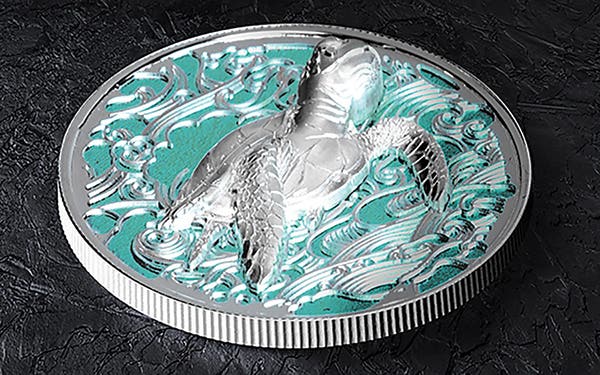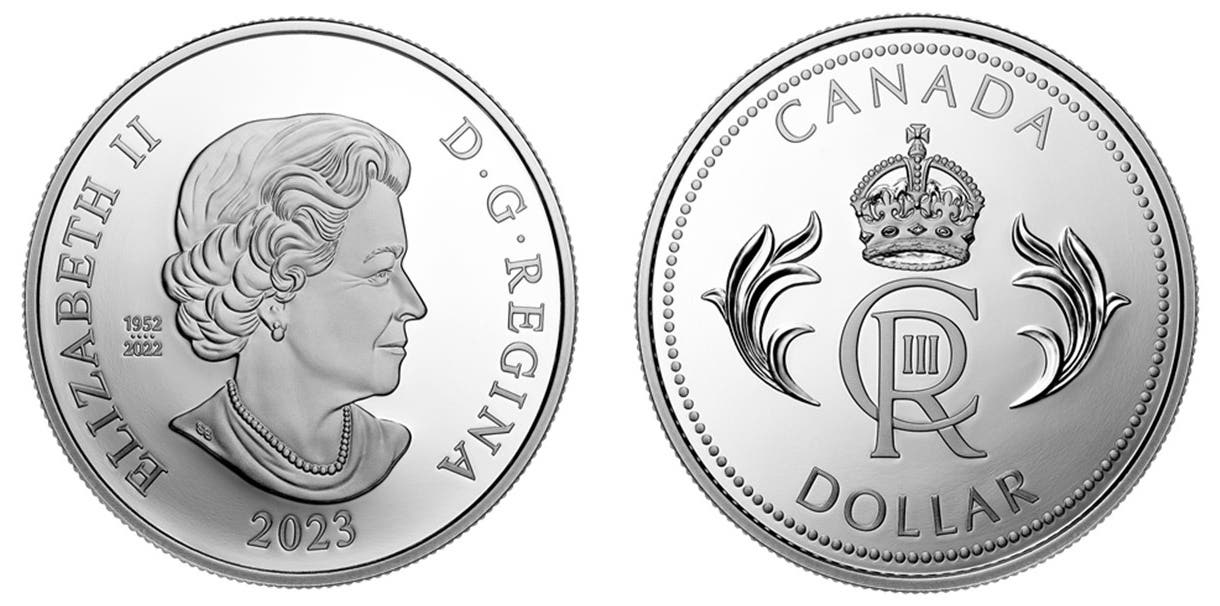Medieval Islamic gold coin found in Israel
The discovery of a single coin may be exciting, but it is seldom of any consequence. When that coin is high enough in value that it could have purchased a…
The discovery of a single coin may be exciting, but it is seldom of any consequence. When that coin is high enough in value that it could have purchased a house when it was accepted as money makes that find significant.
The Israeli Antiquities Authority announced the discovery of such a coin on Nov. 1, the coin being a medieval Islamic gold dinar found by two teenagers participating in an organized archaeological dig in Kafr Kana in lower Galilee.
Dor Yogev was one of the two students involved in the dig. According to Yogev on Oct. 30, “While digging I found a shiny coin. When I realized what it was I screamed, and we were so excited!”
Yogev was not the only person at the dig site who became excited. IAA numismatist Dr. Robert Cole said of the discovery, “The excitement from the find is not only with the students, but also the archaeologists. It is rare to find a single gold coin in an excavation.”
Cole continued, “It is interesting to know that such a gold coin, for a simple man, was a lot of money – one dinar was worth more than 100 pounds of grain, and with four and a half dinars, he already could buy a house in the village.”
Israel keeps tight control on all antiquities, with all discoveries required to be turned over to the state. One of the many reasons for this is to be able to study all finds in their proper context. Omar Zeidan is the director for the Kafr Kana excavation on behalf of the IAA. Zeidan explained the context in which the gold coin and other coins not identified in time for this article were found, saying: “The coins were found in 7th to 8th century buildings along with fragments of pottery, metal objects and animal bones.”
According to Zeidan, this indicated that inhabitants were living at the location during the early Islamic period.
Very little information was immediately available about the gold coin. The Nov. 1 The Jewish Press reported the coin dates from 8 C.E. and that it is a “1,200-year-old coin [that] is inscribed with Arabic writing that speaks of the Prophet Mohammed and monotheism.”
Gold coins have never been found in significant quantities in Israel, be the coins ancient, medieval or modern. Early Islamic gold coins were struck to a standard of 4.4 grams, the initial issues typically depicting two standing figures on the obverse, with an Arabic legend on the reverse. The denomination name dinar for this coinage dates from AH 74 (693 C.E.).
These coins were followed three years later by coins lacking iconographic depictions that are similar to contemporary Islamic silver issues. This coin type was issued to a standard of 4.25 grams, possibly being based on the average weight of a Byzantine Empire (Eastern Roman Empire) solidi. Coin designs were reasonably consistent throughout the Umayyad period. North African and Spanish gold Islamic coins of this period are an exception, mimicking Byzantine coins depicting the Emperor Heraclius and his son Heraclius Constantine on the obverse, with steps on the reverse. (The Byzantine version depicts a Christian cross with steps.)
Dinar coin were struck in denominations of one, half, and third. Many Arabic coins include phrases such as “In the name of Allah the merciful the compassionate.” Gold coins in general were available in the Byzantine Empire and Arabic controlled areas, while in Western Europe silver coins were more prevalent.
According to Marsden’s Numismata Orientalia Illustrata by Stephen Album, “The first copper coins of the Muslims are the so-called Arab-Byzantine coins, copper fulus (the Arab word ‘Fals’ with its plural ‘Fulus’ derive from the Latin ‘Follis’) with motifs derived from Byzantine prototypes that are today found in considerable numbers…The largest number of coins were struck at mints in Syria and Palestine, many of which had been Greek Imperial mints in antiquity, but had remained shut since the time of Diocletian or earlier.”
This article was originally printed in World Coin News. >> Subscribe today.
More Collecting Resources
• If you enjoy reading about what inspires coin designs, you'll want to check out Fascinating Facts, Mysteries & Myths about U.S. Coins.
• Purchase your copy of The Essential Guide to Investing in Precious Metals today to get started on making all the right investing decisions.








